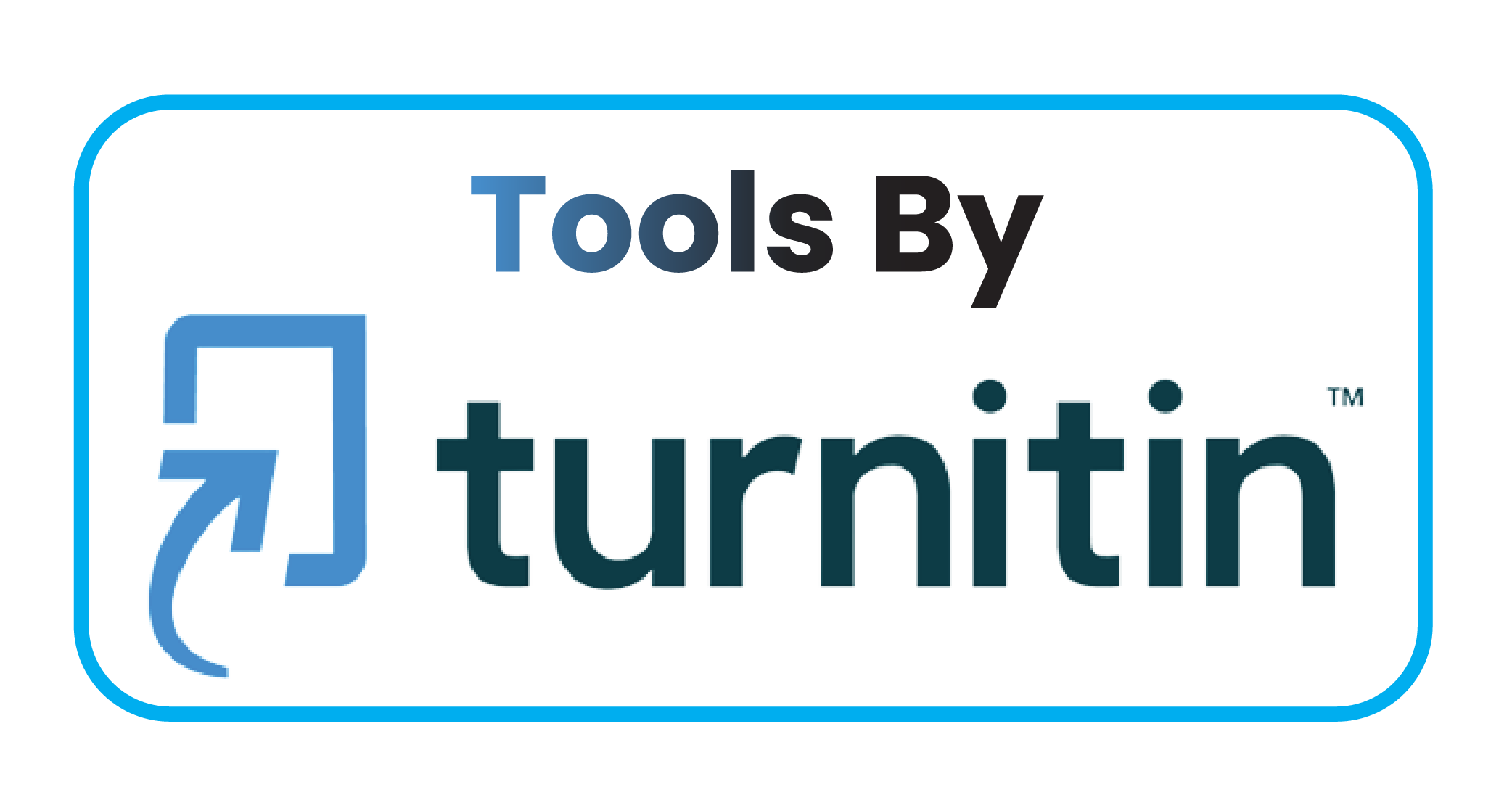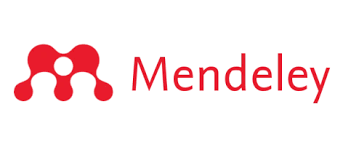Mataram City Government Regional Asset Management Strategy (With the implementation of the Balanced Scorecard)
DOI:
https://doi.org/10.59888/ajosh.v2i11.399Keywords:
asset management;, balanced scorecard;, organizational management strategyAbstract
This study aims to determine alternative regional asset management strategies in the Mataram City Government with the Balanced Scorecard approach. The main focus in this study is to introduce the concept of Balanced Scorecard to the Mataram City Government Work Unit in charge of regional asset management. The problems faced in this study include a large number of assets, the potential for regional revenue that is not optimal, demands for improvement of community services, and weak performance and organizational systems of regional asset management agencies. This study uses a mixed approach that combines qualitative and quantitative methods. Primary data collection was carried out through in-depth interviews with 5 expert respondents, participant observation, and distribution of survey questionnaires. Secondary data were obtained through documentation studies. The implementation of this research was carried out at the Mataram City Regional Finance Agency. So that the results of this study are expected to formulate the right strategy for the Mataram City Government in determining regional asset management policies and provide input and suggestions for improving regional asset management to focus more on the vision, mission, and organizational strategy and through the implementation of the Balanced Scorecard It is expected to increase the effectiveness and efficiency of regional asset management, optimize regional revenues, and improve the performance of regional asset management agencies in carrying out government administration activities.
Published
Issue
Section
License
Copyright (c) 2024 Gabriel Thaariq Ghasyiya, Saipul Arni Muhsyaf

This work is licensed under a Creative Commons Attribution-ShareAlike 4.0 International License.
Authors who publish with this journal agree to the following terms:
- Authors retain copyright and grant the journal right of first publication with the work simultaneously licensed under a Creative Commons Attribution-ShareAlike 4.0 International. that allows others to share the work with an acknowledgement of the work's authorship and initial publication in this journal.
- Authors are able to enter into separate, additional contractual arrangements for the non-exclusive distribution of the journal's published version of the work (e.g., post it to an institutional repository or publish it in a book), with an acknowledgement of its initial publication in this journal.
- Authors are permitted and encouraged to post their work online (e.g., in institutional repositories or on their website) prior to and during the submission process, as it can lead to productive exchanges, as well as earlier and greater citation of published work.










